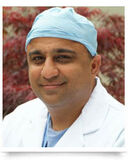Patient Alert: David Warns You About Cardiac Amyloidosis
Written By: Adam Pick, Patient Advocate, Author & Website Founder
Published: September 26, 2024
Since starting HeartValveSurgery.com nearly twenty years ago, I have learned a lot about the heart. However, it was not until I received this email from David Cattell, a heart valve patient in our community, that I became aware of an under-diagnosed condition known as cardiac amyloidosis. Many thanks to David for sharing his story and his research below.
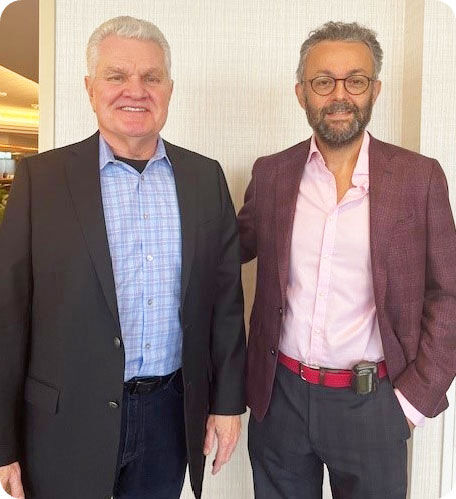
David Readies for Aortic Valve Surgery
Here is the email that David sent to me:
Hi Adam, I hope this message finds you well. It has been a few months since our last communication, and I wanted to share an update on my health journey.
In February, 2024, my echocardiogram revealed that my aortic valve had progressed from moderate to severe stenosis. Following this, the interventional cardiologist at Mayo Clinic in Jacksonville initiated the TAVR suitability testing process with a diagnostic cardiac catheterization. This test identified two areas of stenosis in my coronary arteries, situated near a bifurcation, which were not suitable for stenting. Consequently, the heart team recommended a SAVR valve replacement along with a double bypass via median sternotomy.
On April 4th, Dr. Basar Sareyyupoglu performed the surgery, and I am pleased to report that it went exceptionally well. The surgical and ICU teams at Mayo Jacksonville are truly remarkable, operating like a well-oiled machine.
Although I had no known prior issues with atrial fibrillation, I requested Dr. Sareyyupoglu to attach an AtriClip device on the left atrial appendage (LAA) of my heart during the surgery, thanks to the awareness I gained about stroke risks from your educational interviews. He agreed, attached the AtriClip, excised the LAA, and sent the tissue to pathology. (For more, please see “Patient Alert: New Atrial Fibrillation Guidelines to Prevent Stroke in Heart Valve Patients.”)
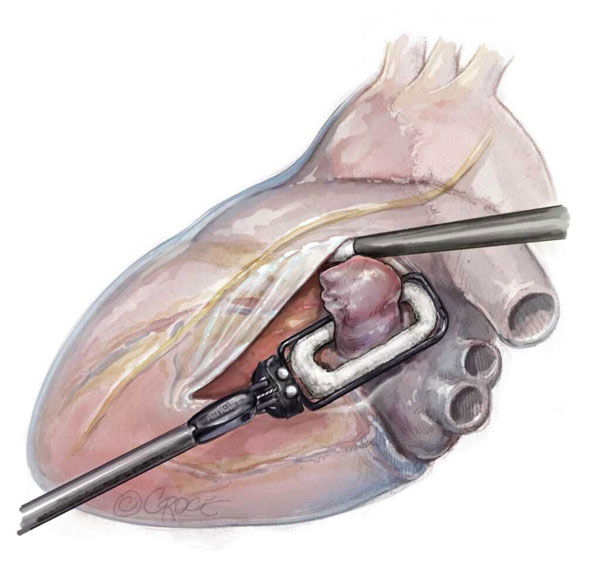
The AtriClip device is attached externally to the heart to physically close the entrance to the LAA, which is a pouch like area where clots can form and, in some cases, they leave the pouch and go on to the brain, causing a stroke. The LAA does not have to be surgically removed, it can remain in place, with the AtriClip attached providing protection and the LAA atrophies over a period of six months or so. The surgeon can also decide to excise the LAA, leaving the AtriClip in place and sending the tissue to pathology for study and the issuance of their report.
David’s Unexpected Amyloidosis Diagnosis
This is where the story takes an unexpected turn. The surgical pathology department, using a Congo Red stain, discovered that I have amyloidosis. A condition that is still considered rare, but increasingly recognized to be under-diagnosed. They suspect it to be ATTR-CM Wildtype, but genetic testing is required to confirm it is not hereditary, which is crucial information for my adult children.
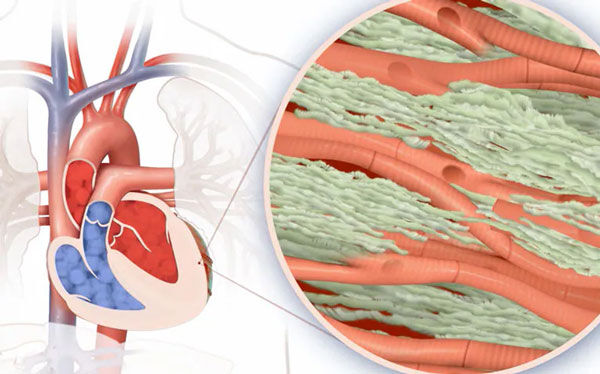
I recently underwent a TC-99m Technescan PYP nuclear medicine scan to assess the extent of amyloid deposits in my heart. The scan did not reveal any deposits. The doctors interpreted this as a positive outcome, indicating that the disease was identified under microscope so early that the amyloid fiber load is not yet high enough to be detected by the scan. I subsequently had an MRI, with contrast, which did show some areas of amyloidosis fibers deposited in the heart muscle, but the doctors are pleased with the early detection. Consequently, they have prescribed Tafamidis, a daily medication that acts as a stabilizer, binding transthyretin and preventing a significant portion of the protein breakdown and deposition of debris accumulating as fibers in the heart.
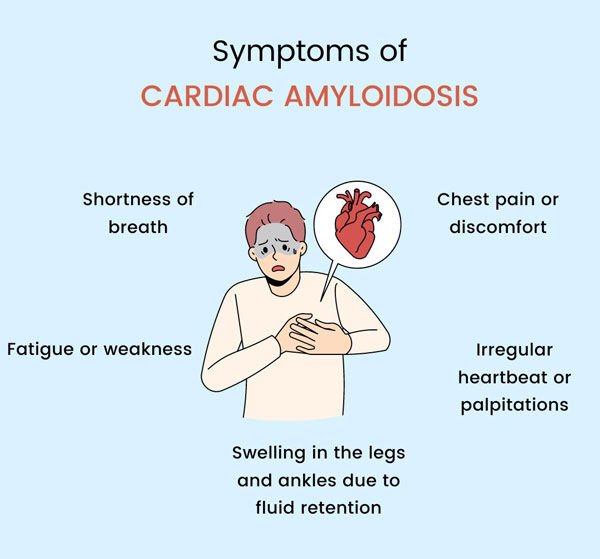
David’s Amyloidosis Research
Since my surgery and amyloidosis diagnosis, I have been researching the topic extensively. According to the National Library of Medicine, I have learned that up to 16% of transcatheter aortic valve replacement (TAVR) patients who first undergo an MRI of the heart are found to have amyloidosis, yet the cardiac MRI test is often not part of the standard workup.
Requesting the AtriClip and subsequent tissue analysis provided me with vital information, allowing me to develop a plan to address amyloidosis, a disease I did not know I had. Without this step, over time I might be puzzled by less-than-optimal heart function as the amyloidosis worsened, and some persistent shortness of breath upon exertion, despite receiving the new Edwards Inspiris Resilia Aortic Valve. One of the main symptoms of both amyloidosis and aortic valve stenosis is shortness of breath.
ATTR-CM Wildtype typically affects men in their 70s or 80s, with a usual onset age of 73-78. I am 74. Without treatment, the life expectancy is about four years, often resulting in heart failure due to the stiff heart condition. Key symptoms sometimes include shortness of breath, a history of bilateral carpal tunnel syndrome, and/or lumbar spinal stenosis. It is also important to note that Black men are often under-diagnosed due to systemic healthcare inequities. I believe patients with a history of carpel tunnel and/or lumbar spinal stenosis should share their history with their interventional cardiologist and cardiac surgeon before treatment. In my case, I have had bilateral carpal tunnel surgeries and an L5-S1 laminectomy. If appropriate, tissue samples could be obtained during hand and/or back surgery to check for amyloidosis deposits.
Support for Amyloidosis Patients
I have connected with educational and support groups for amyloidosis. Previously, the primary treatment involved liver and heart transplants, but recent advancements in medication have shifted this approach. Ongoing research into amyloidosis is promising, with the Mayo Clinic in Rochester recently hosting an international conference with attendees from all over the world. Dr. Morie Gertz at Mayo Rochester is a leading figure in this field and might be an excellent guest for your future interviews.
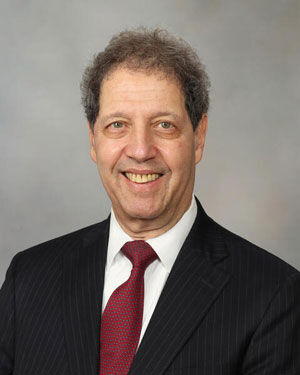
I am incredibly fortunate to be receiving care at Mayo Jacksonville and grateful that my surgeon, Dr. Basar Sareyyupoglu listened to my request for that one extra step that provided early detection and the opportunity to manage the amyloidosis, a rare and difficult disease.
Related Links:
- Amyloidosis: Symptoms, Causes, Risk Factors and Complications
- Valvular Heart Disease in Patients with Cardiac Amyloidosis
Best,
David Cattell











